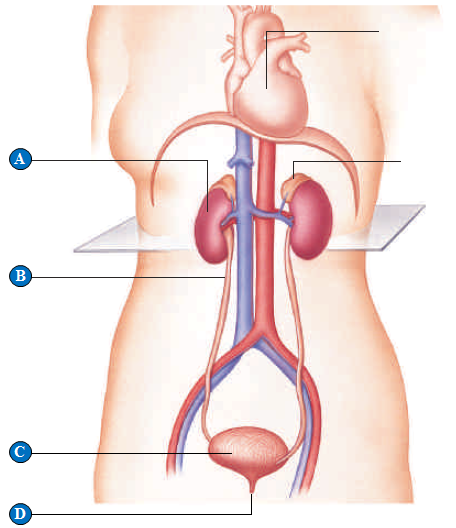An organism whose decline or removal from a habitat causes many other species numbers to change dramatically is called ________ species.
A. a synergistic
B. a nominal
C. an introduced
D. a keystone
Answer: D
You might also like to view...
What are the two most important variables for cells to survive?
a. Temperature and pH b. Temperature and solute concentration c. Solute concentration and nutrient levels d. Solute concentration and pH e. Temperature and nutrient levels

A. kidney B. urethra C. urinary bladder D. ureter E. Bowman's capsule
Neurotransmitter is synthesized by (i) _________, released into (ii) ________, and then it binds to neurotransmitter receptor localizing at the membrane of (iii) _______________.
a) (i) presynaptic neuron, (ii) synaptic cleft, (iii) postsynaptic neuron b) (i) postsynaptic neuron, (ii) synaptic cleft, (iii) presynaptic neuron c) (i) postsynaptic neuron, (ii) soma, (iii) presynaptic neuron d) (i) postsynaptic neuron, (ii) dendrite, (iii) presynaptic neuron
Which of the following is a true statement about meristems? Select all that apply.A) They can be apical or lateral.B) Meristematic cells divide into two cells, one of which remains a meristem cell and another that becomes a plant body cell.C) Apical meristems give rise to three types of embryonic tissues.D) Meristematic cells are found only in eudicots and not in monocots.E) They are responsible for primary and secondary growth.
What will be an ideal response?